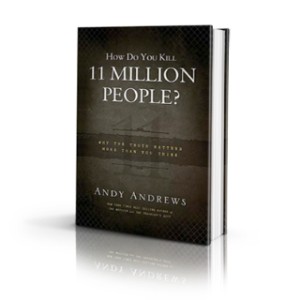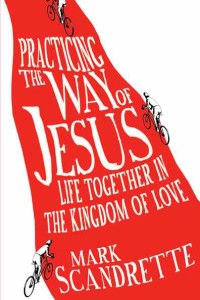Not 30 minutes after I wrote my last post, I sat in my car in the far-right turn lane of a set of three turn lanes, each lined with cars waiting for green arrows so we could make lefts into each of the three southbound lanes of US Highway 19.
Any set of left-turn lanes makes me anxious. This is because in any set of left-turn lanes, there is at least one self absorbed driver who — bereft of awareness of anything that isn’t inside his or her vehicle — does not know his or her turn lane is part of a set. So if this person is, say, a guy in a green Mustang in the middle turn lane of three, he may, for instance, turn from the middle turn lane into the highway’s right lane. If there are no cars in the far-right turn lane of the three, his lack of awareness is both no biggie and reinforced: he’ll have done something he shouldn’t have, and without consequence.
But what happens when he turns into the right lane from a middle turn lane when there are cars in the far-right turn lane whose drivers are turning into that lane, too?
Sometimes, a crash. Other times, like today, the world becomes a better place.
The red arrows turned green and all three lanes turned left. The guy in the green Mustang, bereft of awareness of my car next to his, turned from the middle turn lane into the right southbound lane — my lane. The young woman in his passenger’s seat, whose window was down, saw my car. While he ran me off the road, she screamed. He swerved back into the middle, quickly enough that I could merge back into traffic.
And as I did, the young woman and I made eye contact.
Which is when, with such clear compassion, she apologized.
Twice now in two days, I’ve encountered people who’ve behaved in ways that so exceed my generally extremely low expectations of the general public. My blood pressure and I have needed this.




